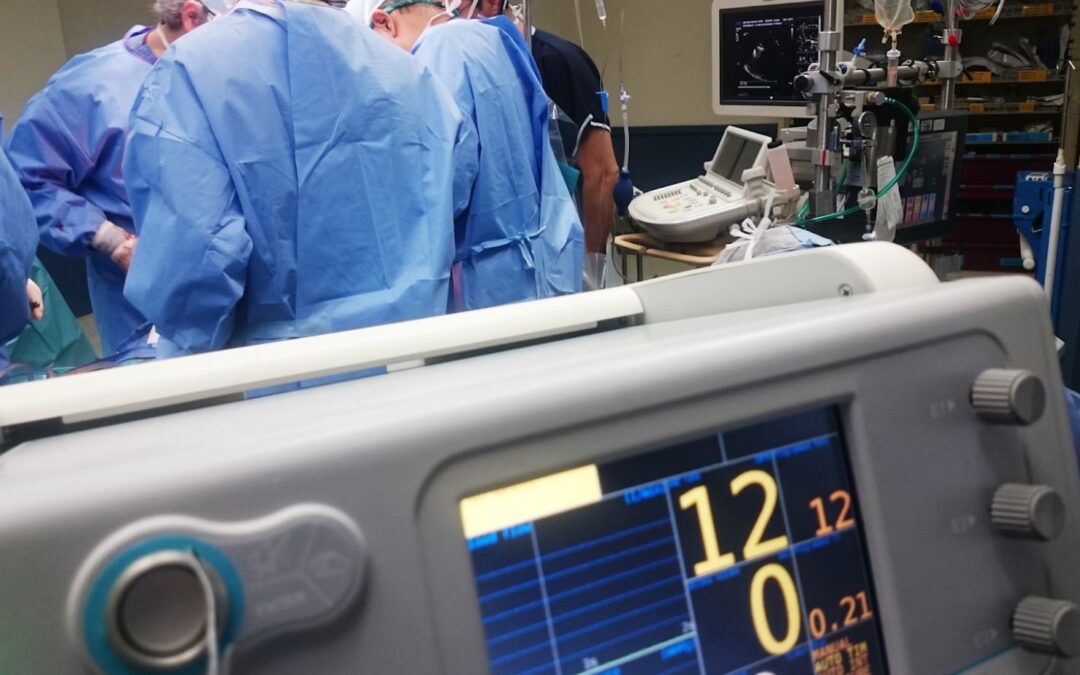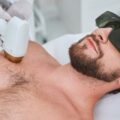Applied to the surface of most medical devices, parylene coating is the unsung hero of modern healthcare, helping provide much-needed chemical and thermal stability, alongside high tensile strength and a host of other benefits with remarkable uniformity.
The thin, protective layer can penetrate spaces as minute as 0.01 mm, leaving every micron of the device covered. This kind of precision and reliability is what makes it perfect for healthcare, where absolutely nothing can be left to chance.
In this article, we take a deeper dive into the wonder that is Parylene coatings, alongside its various nuances and intricacies, particularly in regard to medical devices.
What Is Parylene Coating?
Discovered all the way back in 1947, Parylene is essentially a conformal coating material, meaning that it forms a uniform, pinhole-free layer over complex surfaces. It’s applied as a vapor, ensuring that even devices with the most intricate shapes and delicate components get complete, end-to-end coverage.
Being a lightweight and biocompatible polymer that is also chemical resistant, a parylene protective coating is perfect for a variety of different medical applications.
Parylene is also known for its versatility, capable of coating a wide range of materials, from metals to ceramics, without any impact on a device’s functionality. In addition, it maintains a rather thin profile, meaning it won’t bulk up devices which is again a critical factor when it comes to implants.
Key Benefits of Parylene In Medical Devices
- Biocompatibility: When dealing with implants or devices that are likely to come in contact with human tissue, biocompatibility is non-negotiable.
Over the years, parylene has undergone extensive tests to ensure that it is non-toxic, non-reactive, and biocompatible, with no possibility of it triggering an immune response or causing any kind of irritation in patients.
- Barrier To Contaminants: Cleanliness is, of course, paramount in medical environments, and it bodes well that parylene creates an excellent barrier against bacteria, viruses, and other contaminants.
It can prevent harmful microbes from embedding into device surfaces, which lowers the risk of infections, especially important for catheters, surgical tools, and implants.
- Moisture Resistance: Similar to microbes, moisture can be just as big a threat to the integrity and functioning of certain devices.
Paralyene, fortunately, offers excellent moisture resistance, helping get rid of a key risk factor in medical devices, while also helping avoid corrosion and short circuits, and improving the longevity of devices.
Parylene’s Role In Medical Implants
In the hallowed realms of medical implants, mere safety and non-reactivity aren’t going to cut it. The implants need to come assured of longevity, often for the entire lifetime of an individual.
All this in an exceedingly harsh environment within the human body, with a wide range of fluids, and other unpredictable factors, which if not dealt with, can lead to complications.
Whether it’s complex heart pacemakers and neurostimulators, or stents and knee implants, this coating ensures they maintain functionality for years to come. Without this, patients would have been forced to undergo regular surgeries for replacements.
Enhancing Wearable Medical Devices
With the rise of wearable health devices, such as glucose monitors and heart rate trackers, safety has become even more critical.

Parylene coatings provide an extra layer of defense, protecting wearables from sweat, oils, and environmental factors. This helps maintain the accuracy and reliability of the data these devices collect, which is essential for real-time health monitoring.
For wearables to be effective, they need to be durable, flexible, and comfortable for the user. Parylene’s lightweight, thin, and adaptable coating offers all of these advantages without compromising the functionality or aesthetics of the device.
Sterilization & Parylene Coating
Sterilization is one of the most challenging aspects of medical device safety. Many devices undergo harsh sterilization processes, such as gamma radiation, steam autoclaving, or chemical treatments, which can degrade materials over time.
Parylene-coated devices are more resistant to these sterilization methods, ensuring that they remain safe and functional even after repeated sterilizations.
By protecting devices from the wear and tear of sterilization, Parylene coatings help reduce device failure rates, improve patient outcomes, and decrease the risk of infection. This is a major benefit, particularly for reusable devices like surgical instruments and diagnostic tools.
Parylene & Regulatory Compliance
Medical devices need to adhere to rigorous regulatory standards, including FDA and ISO certifications. Parylene coatings meet these high standards of safety and efficacy, which means manufacturers can rely on them to comply with regulations.

In an industry where the smallest detail can have huge implications for patient safety, Parylene offers peace of mind by consistently delivering reliable protection.
Conclusion
The need for safety and reliability cannot be overstated when dealing with medical devices, with even the smallest contamination or defect capable of wreaking havoc in the lives of patients.
As such, parylene coatings, which often go invisible, are a lifesaver, making many of the present-day medtech innovations possible. From implants to wearables, to a wide variety of other surgical instruments and devices, this is the humble material they all owe their existence to.
Ben Austin is the founder and CEO of multi-award-winning digital marketing agency Absolute Digital Media. Ben loves to write and share exclusive insights into the world of digital marketing from his own eyes.





